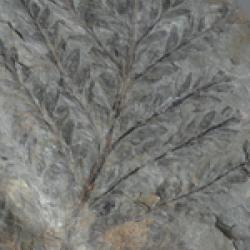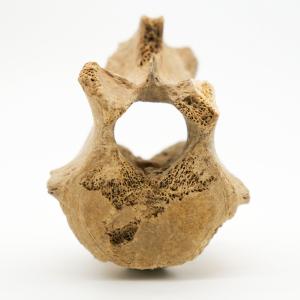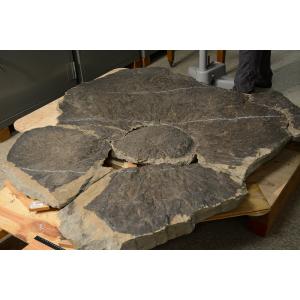Predators are important parts of ecosystems, and while we know species like dire wolves and saber-toothed cats lived elsewhere, there are currently no published records of Ice Age predator fossils having been found in New York. One reason for this is that predators are represented by...
The study of fossils in New York State has a long, rich history that dates back to pre-colonial times when native people discovered the tusks and bones of mastodons and made observations to explain the massive creatures. European explorers recognized the significance of these finds and also the smaller but more numerous fossils of ancient sea creatures like trilobites, brachiopods, crinoids, and corals. In fact, one of the most famous early geologists, Charles Lyell, toured New York State in 1841 to study its fossils and the history recorded in its layers of rock. Shortly after, in 1842, the State Cabinet of Natural History (the pre-cursor to the New York State Museum) was established and provided a center for research and a formal place for the storage of the rocks and fossils that record the ancient history of our state. Since that time, thousands of specimens have been collected, studied, and housed at the museum. These fossils are used to identify the ages of the rocks they are found in, for reconstructing ancient environments, and to understand the functions and evolutionary relationships of the organisms themselves. The current collection contains about 17,000 fossils that have already been studied and about 600,000 specimens that can be used for future biostratigraphic, paleoecological, and systematic work.








